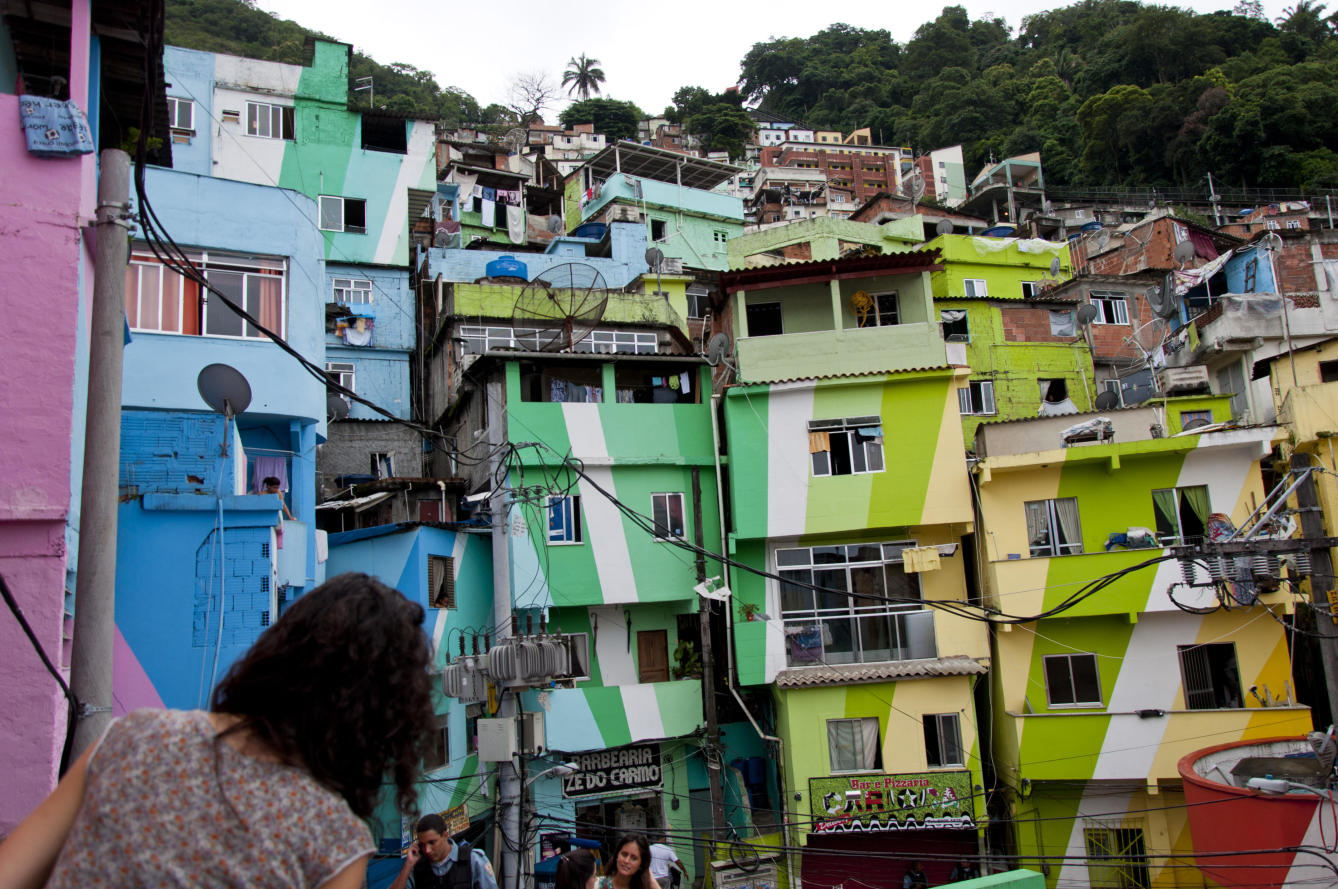Urban Heritage

Venice. Source: www.eluniversal.com

Setenil de las Bodegas Street. Source: www.cadizturismo.com

Cerro Alegre (Valparaíso). Source: www.rutaschile.com

Favelas (Brazil). Source: www.elconfidencial.com
The concept of “urban heritage” is a recent definition. It was first used in the mid-20th century. Its use is determined by the extent of the scope to which it refers. Thus, on the one hand, it is used to signify elements that are recognised as having heritage value within the framework of an urban area. On the other hand, this concept underlines the city as heritage because of the cultural, anthropological, and social factors it contains. The term is closely linked to historic centres, although it transcends the merely constructed. Such is the case that UNESCO underlines the various heritage dimensions that are generalised in the urban context of the city. It was first used by Gustavo Giovannoni in 1931 and was quickly adopted by different social disciplines for the study of urban phenomena. It is considered as a concept under continuous review within the field of heritage. Nowadays it is even referred to as “historic urban landscape” to broaden the scale of its application.